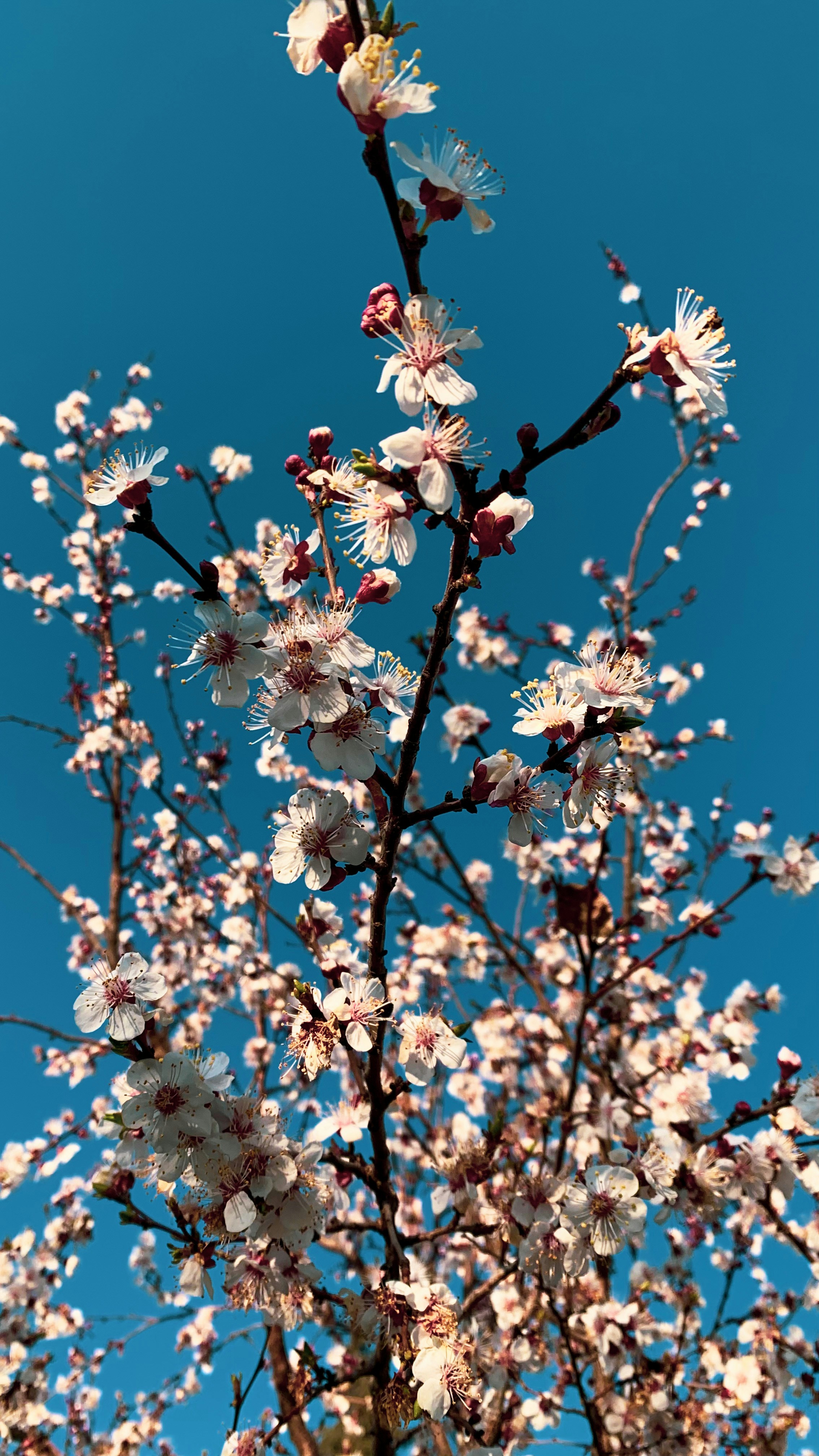The Health Sciences and Human Services Library Historical Collections’ strives to provide broad access to our diverse collections both in person and digitally. Materials in our collections appear as they originally were published or created and may contain offensive or inappropriate language or images and may be offensive to users. The University of Maryland, Baltimore does not endorse the views expressed in these materials. Materials should be viewed in the context in which they were created.
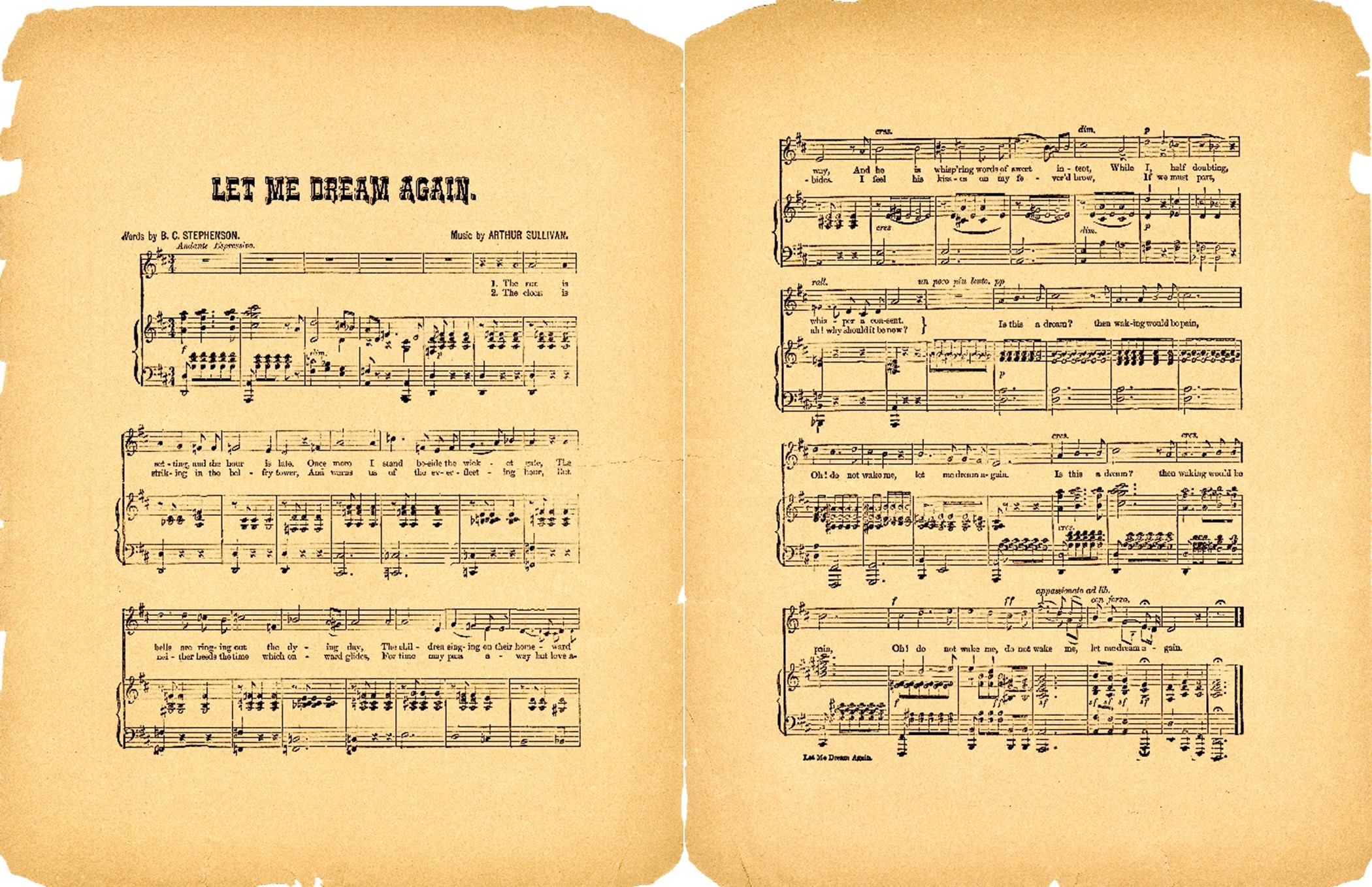
In February, Historical Collections purchased a small collection of Bromo-Seltzer sheet music. The sheet music was one of many ways that proprietor, Isaac E. Emerson, advertised his Bromo-Seltzer product from the late nineteenth to early twentieth centuries. Today, the Bromo-Seltzer brand is still alive in Baltimore from the iconic Bromo-Seltzer Tower to UMB’s own School of Pharmacy endowed Emerson Professorship.
Isaac Edward Emerson was born in 1859 in Chatham County, North Carolina to a farmer; his mother died when he was young, and he was raised by an aunt and uncle. He graduated from the University of North Carolina with a pharmacy degree in 1879. Soon after graduating, he moved to Maryland—first to Annapolis and then to Baltimore—and opened a drug store. By 1889, Emerson owned three successful drug stores in Baltimore. While operating his drug stores, Emerson developed a headache remedy which he patented as Bromo-Seltzer. In 1889 he sold the drug stores to focus on perfecting Bromo-Seltzer’s recipe. During that time Emerson also started up the Emerson Drug Company, a co-partnership with John F. Waggaman.
Emerson recognized the value and importance of advertising and utilized all types of media—newspapers, magazines, in-store ads, and radio—to sell Bromo-Seltzer and other products made by the Emerson Drug Company. As a result, Emerson became a very successful businessman and was quite wealthy. The Bromo-Seltzer sheet music purchased by the HSHSL is one of the methods Emerson used to advertise the tonic as well as other products. Consumers of the tonic could obtain two pieces of sheet music from the Bromo-Seltzer Sheet Music Collections by sending a two cent stamp and wrapper from a ten cent bottle of the medicine—a trial-sized bottle—to the Emerson Drug Company. More copies could be received by sending additional stamps and wrappers: four pieces by sending in two two cent stamps and two wrappers, and so on.

Of the ten pieces of sheet music in the HSHSL’s collection, six include stamps indicating they were used as advertisements for individual pharmacies as well. The pharmacies represented in the collection include, Joseph P. Cahill of Providence, RI; Chas. E. Fernald of Rumford, Me.; V. Kostka of New York; and A.B. Brooks of Ithaca, NY. Additionally, the HSHSL collection of Bromo-Seltzer Sheet Music contains representations from four different advertising collections: The Bromo-Seltzer New Edition 52 Popular Selections Complete & Unabridged with Piano & Organ Accompaniment, The Bromo-Seltzer Collection of 54 Popular Songs Complete and unabridged Full Music Size with Piano and Organ Accompaniment, The Bromo-Seltzer Collection of 74 Popular Songs Complete and Unabridged Full Music Size with Piano and Organ Accompaniment, and Bromo Seltzer Edition of 171 Selections Complete & Unabridged with Piano & Organ Accompaniment. Unfortunately, the collections are undated; however, the individual pieces of sheet music are dated from 1890 to 1910.
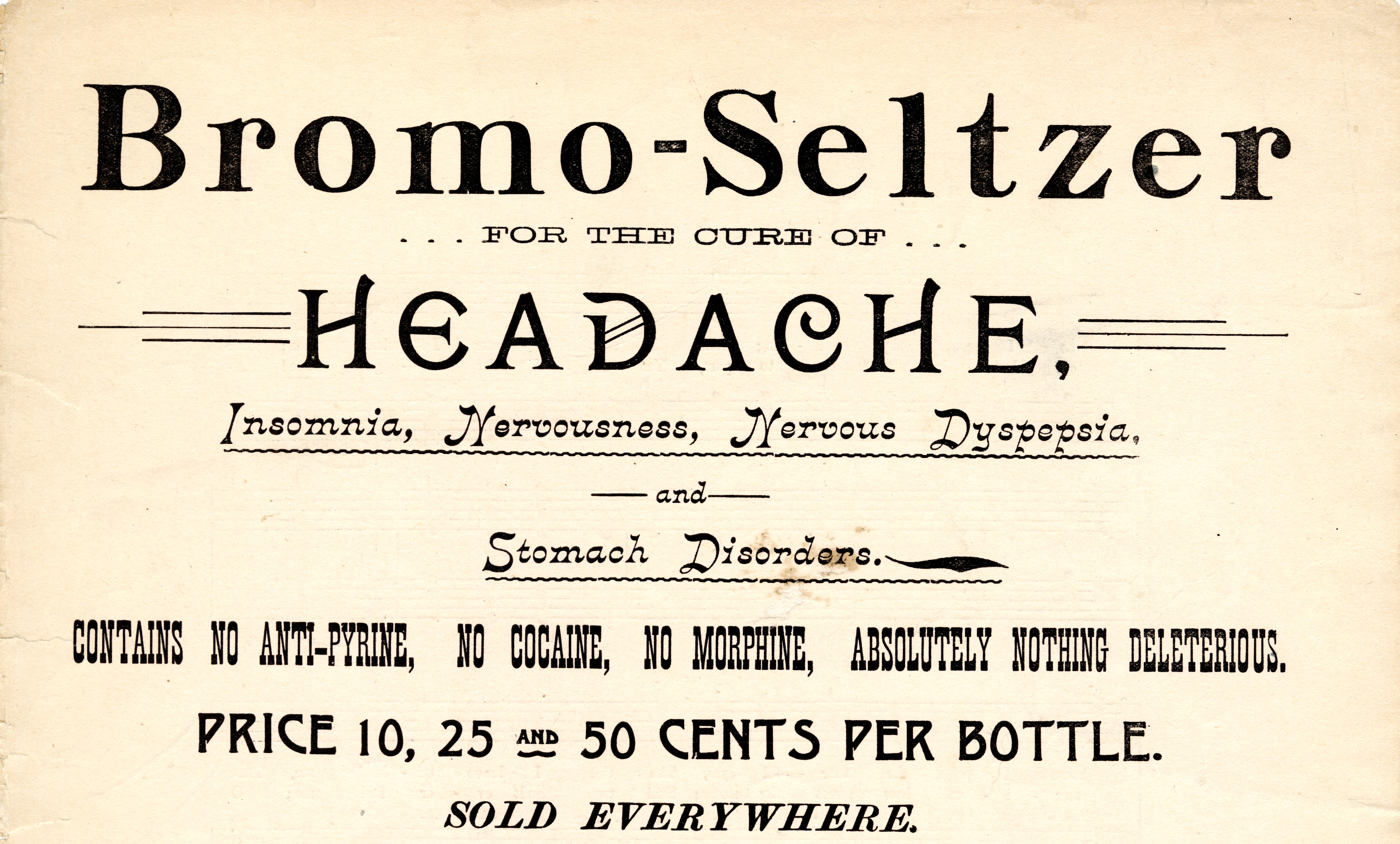 Bromo-Seltzer was a tonic marketed as a cure for a variety of symptoms including headaches, heartburn, upset stomach, and indigestion. It also gained popularity as a hangover cure; perhaps because of its slogan, “If you keep late hours for Society’s sake Bromo-Seltzer will cure that headache.” Its name came from sodium bromide one of the substances in its formula. Bromide along with another main ingredient, acetanilide, are toxic ingredients. When Bromo-Seltzer was first patented and sold laws did not require medicines, food, or drink to indicate ingredients; therefore, people taking the tonic were not aware of the toxic ingredients. However, even after the 1906 passage of the Pure Food and Drug Act required that all ingredients be listed; Emerson continued to use these ingredients and listed them on the bottle’s label. Bromides are known to have a sedative effect and would explain why Bromo-Seltzer was useful as a cure for hangovers and headaches. Bromides were removed from the market in the United States in 1975.
Bromo-Seltzer was a tonic marketed as a cure for a variety of symptoms including headaches, heartburn, upset stomach, and indigestion. It also gained popularity as a hangover cure; perhaps because of its slogan, “If you keep late hours for Society’s sake Bromo-Seltzer will cure that headache.” Its name came from sodium bromide one of the substances in its formula. Bromide along with another main ingredient, acetanilide, are toxic ingredients. When Bromo-Seltzer was first patented and sold laws did not require medicines, food, or drink to indicate ingredients; therefore, people taking the tonic were not aware of the toxic ingredients. However, even after the 1906 passage of the Pure Food and Drug Act required that all ingredients be listed; Emerson continued to use these ingredients and listed them on the bottle’s label. Bromides are known to have a sedative effect and would explain why Bromo-Seltzer was useful as a cure for hangovers and headaches. Bromides were removed from the market in the United States in 1975.
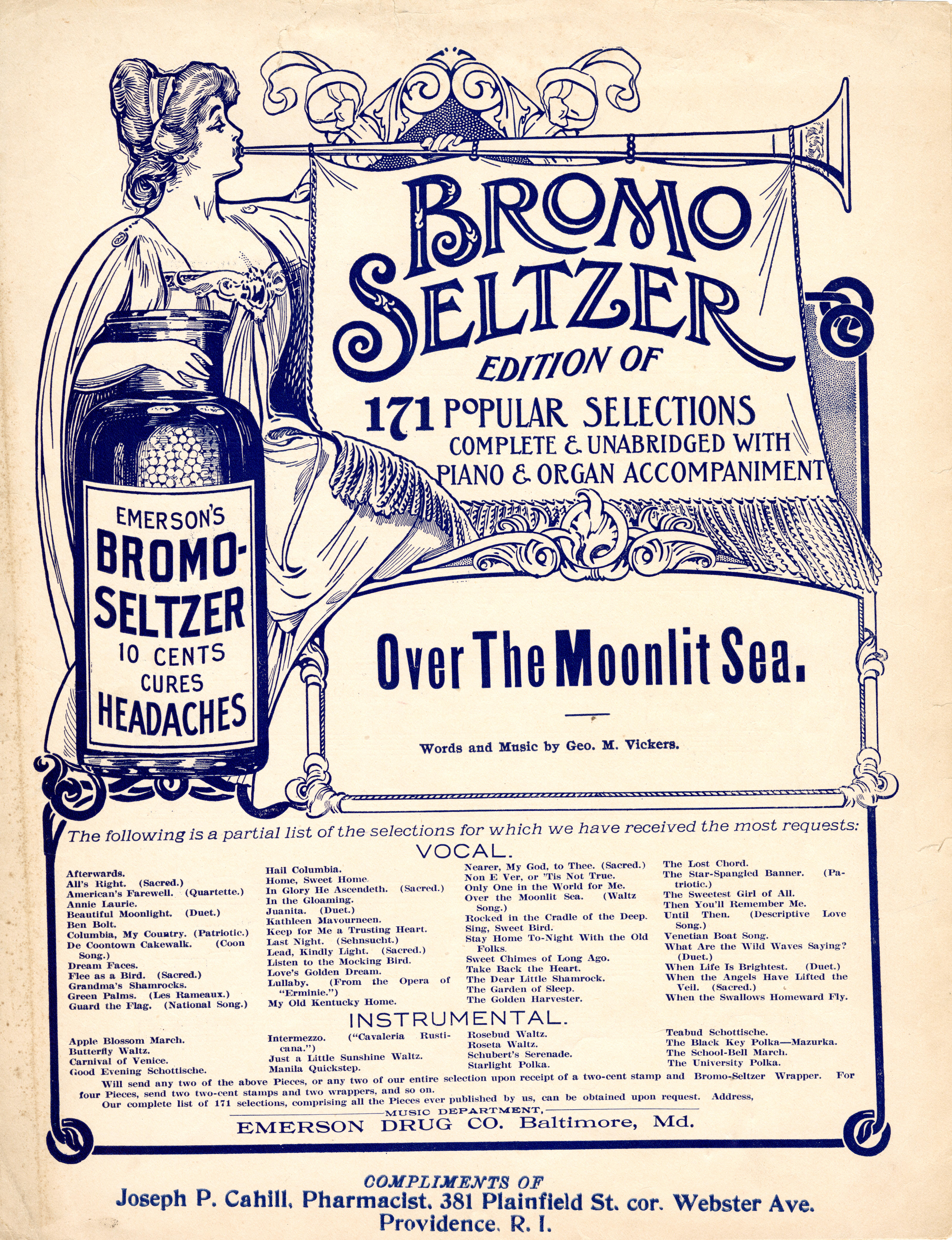 Bromo-Seltzer was sold in specialty cobalt blue bottles; this added to the marketing intrigue of the tonic. Initially, these bottles were made by Cumberland Glass Manufacturing Company; however, the company could not keep up with Emerson’s demands. Therefore in 1907, the Emerson Drug Company formed its own glass company, the Maryland Glass Corporation, meaning production was under control of Emerson. Later the Maryland Glass Corporation marketed the color as “Maryland Blue;” indicating in their ads that the color helped medicines “stand out” from competitors. Today, these “Maryland Blue” bottles are highly sought after by antique collectors.
Bromo-Seltzer was sold in specialty cobalt blue bottles; this added to the marketing intrigue of the tonic. Initially, these bottles were made by Cumberland Glass Manufacturing Company; however, the company could not keep up with Emerson’s demands. Therefore in 1907, the Emerson Drug Company formed its own glass company, the Maryland Glass Corporation, meaning production was under control of Emerson. Later the Maryland Glass Corporation marketed the color as “Maryland Blue;” indicating in their ads that the color helped medicines “stand out” from competitors. Today, these “Maryland Blue” bottles are highly sought after by antique collectors.
In 1911, Emerson, inspired by the Palazzo Vecchio in Florence, Italy built the Emerson Tower, today’s Bromo-Seltzer Arts Tower. The 15-story tower was designed by Joseph Evans Sperry and was the tallest building in Baltimore from 1911 to 1923. The tower originally featured a 51-foot replica of the Bromo-Seltzer bottle, which lit up and revolved. When lit, the bottle was rumored to be visible from 20 miles away. Sadly, the bottle was removed in 1936 due to structural concerns. The tower also features massive four-dial gravity-driven non-chiming clocks on all four sides. The clocks were designed by Seth Thomas and display the word Bromo-Seltzer in the hour spots instead of numbers. The tower initially stood next to the Brom-Seltzer factory, which was demolished in 1969. Today the tower houses the Emerson/Maryland Glass museum as well as 33 artists’ studios.
In addition to the Bromo-Seltzer tower, Emerson built a hotel—the Emerson Hotel—on the northwest corner of North Calvert and East Baltimore Streets. In addition, to guest rooms, the hotel hosted special events, including some University of Maryland, Baltimore dinners and ceremonies. The hotel was demolished in 1971.
Bromo-Seltzer, as well as the Emerson Drug Company and Maryland Glass Corporation, made Isaac E. Emerson very wealthy. He owned an estate in Baltimore County known as Brooklandwood and a summer villa known as Whitewall on the Narragansette Pier in Rhode Island. Whitewall, like the Bromo-Seltzer Tower, was designed by Joseph Evans Sperry. Additionally, sources indicate that Emerson owned two or three yachts. He and his family loved to entertain and throw lavish parties at his estates or on his yachts.
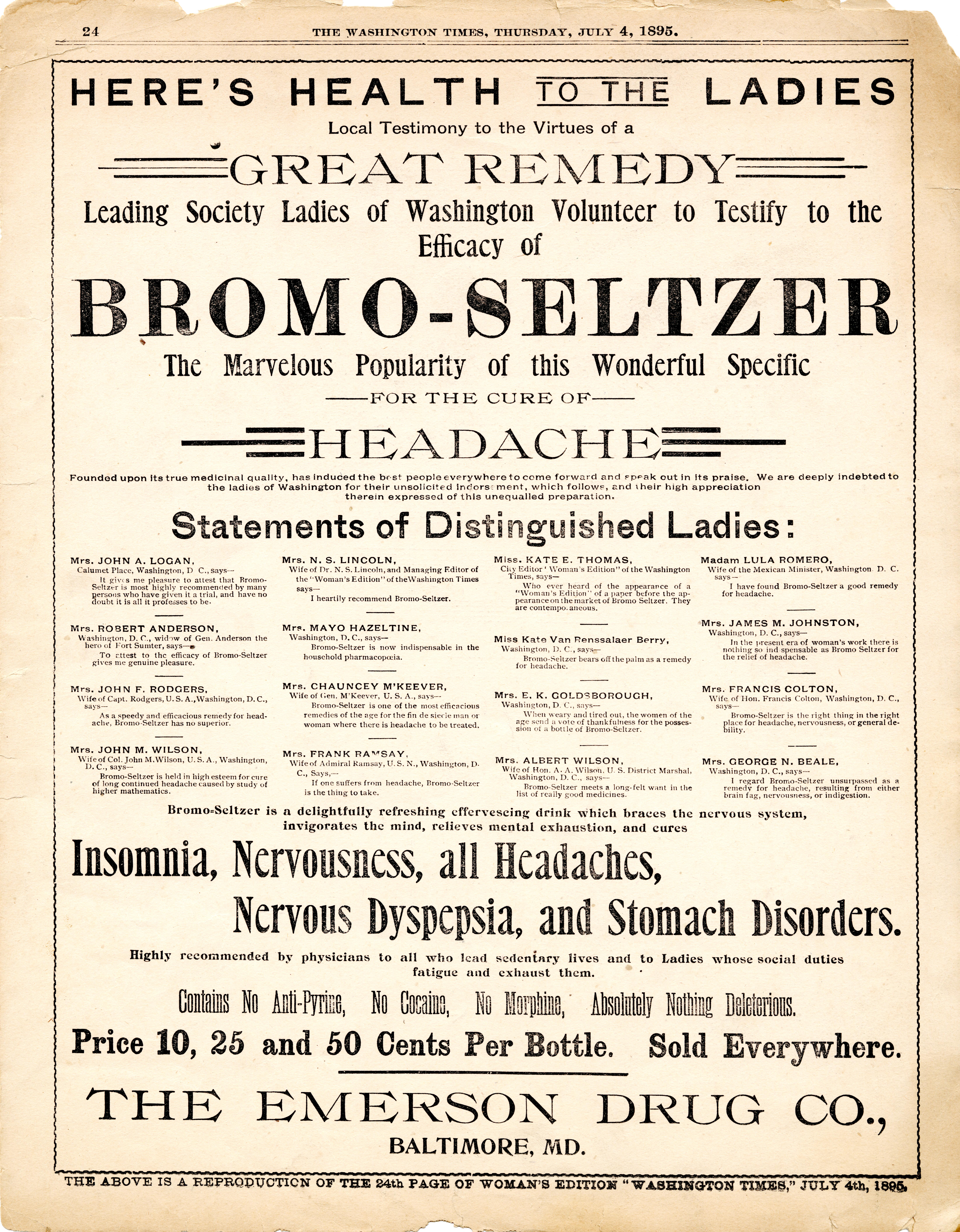 He was married twice. His first marriage was to Emelie Askew Dunn in 1880. Emelie had a daughter, Margaret “Daisy” Dunn, from a previous marriage, whom Emerson adopted. Together, Emelie and Isaac had a daughter, Margaret Emerson in 1884. Their marriage ended in divorce in 1911. Isaac remarried Anne Preston McCormack the same year; Anne had a son, Frederick C. McCormack, and a daughter, Ethel Preston McCormack from a previous marriage. Emerson’s children and stepchildren all married into prestigious families.
He was married twice. His first marriage was to Emelie Askew Dunn in 1880. Emelie had a daughter, Margaret “Daisy” Dunn, from a previous marriage, whom Emerson adopted. Together, Emelie and Isaac had a daughter, Margaret Emerson in 1884. Their marriage ended in divorce in 1911. Isaac remarried Anne Preston McCormack the same year; Anne had a son, Frederick C. McCormack, and a daughter, Ethel Preston McCormack from a previous marriage. Emerson’s children and stepchildren all married into prestigious families.
In addition to his business interests, Emerson was the organizer and financier of the Maryland Naval Reserves beginning in 1894. He commanded the Maryland Naval Reserves until 1901. In May 1898, when America was embroiled in the Spanish-American War, Emerson entered the Navy as a Lieutenant. In 1900, Emerson was promoted to Captain and served until 1901. The Spanish-American War introduced the U.S. Revenue War Bill of 1898 with the goal of raising funds for the war effort. Revenue stamps were added to all types of items including medicines. Emerson created his own Brom-Seltzer die stamps in another marketing ploy.
In 1927, Emerson donated money to the University of Maryland School of Pharmacy (UMSOP) to endow the Chair of Biological Testing and Drug Assaying (precursor to Pharmacology Department). The first Emerson Professor of Physiology, Pharmacology and Therapeutics was Marvin R. Thompson, a pharmacologist at the Food and Drug Administration, in 1931. In 1930, the school established the first laboratory for instruction in bio-chemical assays using the Emerson funds. Today, UMSOP still employs an Emerson Professorship in Pharmacology.
Emerson died in January 1931 in his Brooklandwood home. The Emerson Drug Company continued and was sold to the Warner-Lambert Pharmaceutical Company in 1956. Production of Bromo-Seltzer ceased sometime after the 1975 removal of Bromides from the market in the United States. Today, Emerson’s legacy remains in the Bromo-Seltzer Tower and his Brooklandwood home—both are on the National Register of Historic Places as well as in the UMSOP’s Emerson Professorship. The Bromo-Seltzer Sheet Music held in Historical Collections remains a small piece of the Emerson legacy.
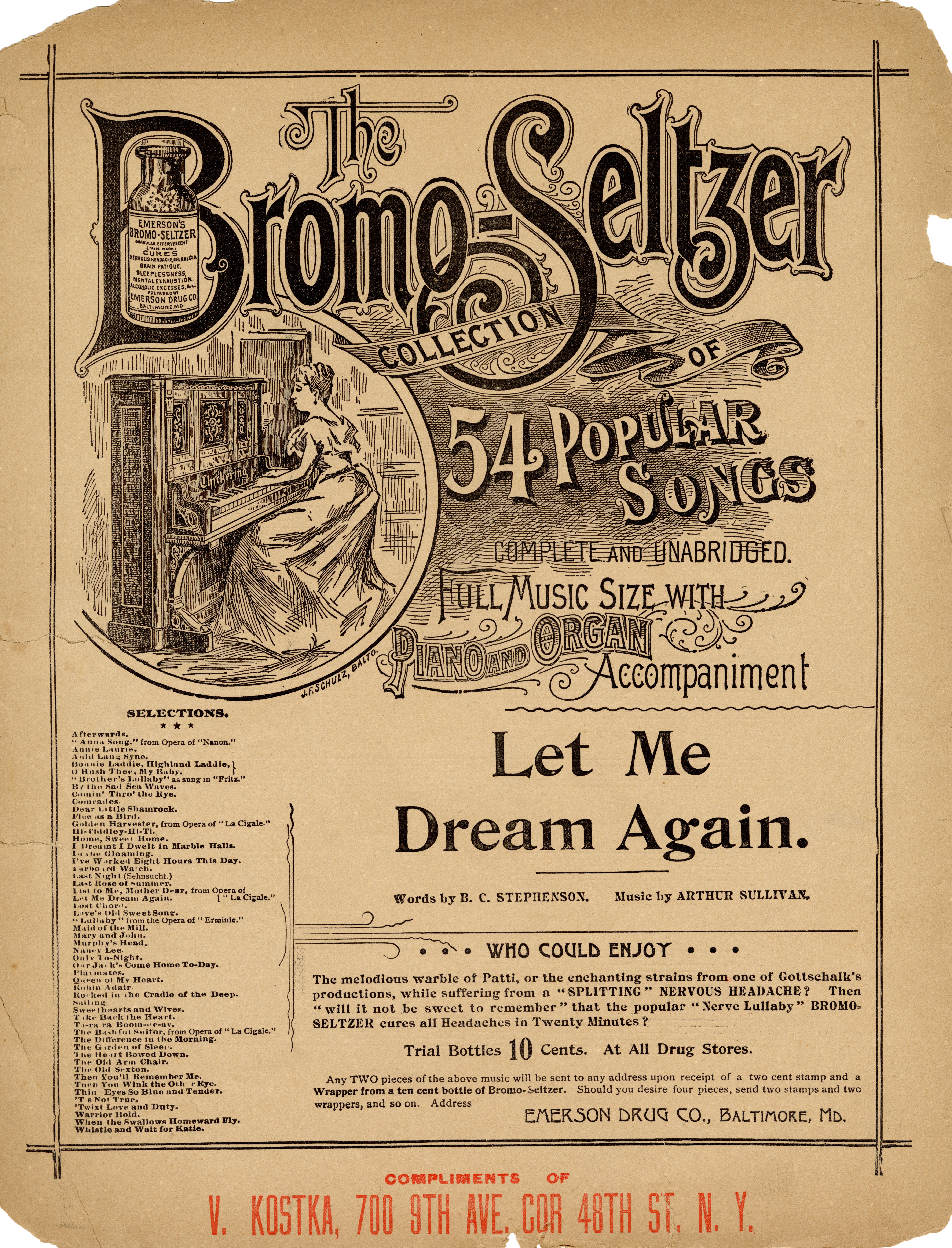
References & Further Reading:
“About the Bromo Seltzer Arts Tower.” (2025). Bromo Seltzer Arts Tower. https://www.bromoseltzertower.com/about
“Bromo-Seltzer.” (2024). The Lester S. Levy Sheet Music Collection, Johns Hopkins Sheridan Libraries & University Museums. https://levysheetmusic.mse.jhu.edu/collection-search?search_api_fulltext=Bromo+Seltzer
Donnelly, T. (2012). “Bromo Seltzer Tower.” Baltimore Heritage. https://explore.baltimoreheritage.org/items/show/82
“Emerson Drug Company.” Digital Chicago, Lake Forest College. https://digitalchicagohistory.org/items/show/570.
Lockhart, B., Schulz, P., Lindsey, B., Schriever, B., & Serr, C. (2014). “Bromo-Seltzer in the cobalt blue bottles.” Society for Historical Archaeology. https://sha.org/bottle/pdffiles/Bromo-Seltzer.pdf.
Lockhart, B., Schulz, P., Lindsey, B., Schriever, B., & Serr, C. (2017). “Maryland Glass Corp.” Society for Historical Archaeology. https://sha.org/bottle/pdffiles/MarylandGlass.pdf.
“Over the Moonlit Sea.” (2025). University of Virginia. https://search.lib.virginia.edu/sources/uva_library/items/u5315556?idx=0&x=0.415&y=0.632&zoom=0.579&page=1
University of Maryland School of Pharmacy Academic Catalogs, https://maryland.dspace7.openrepository.com/handle/10713/145



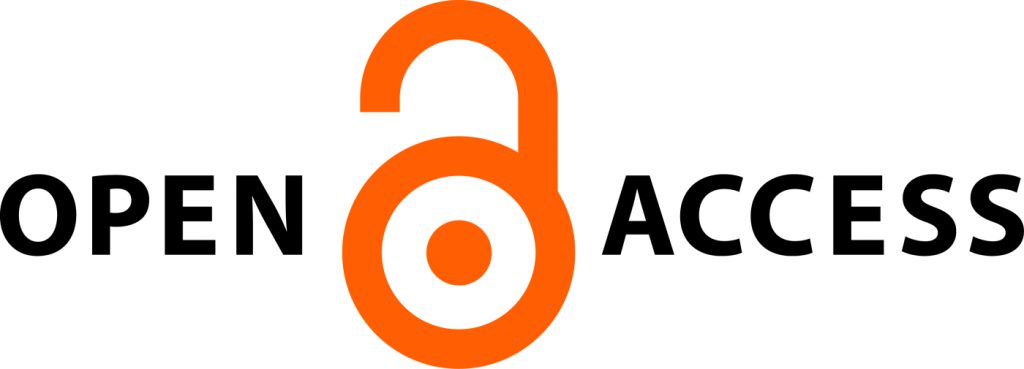




 Bromo-Seltzer was a tonic marketed as a cure for a variety of symptoms including headaches, heartburn, upset stomach, and indigestion. It also gained popularity as a hangover cure; perhaps because of its slogan, “If you keep late hours for Society’s sake Bromo-Seltzer will cure that headache.” Its name came from sodium bromide one of the substances in its formula. Bromide along with another main ingredient, acetanilide, are toxic ingredients. When Bromo-Seltzer was first patented and sold laws did not require medicines, food, or drink to indicate ingredients; therefore, people taking the tonic were not aware of the toxic ingredients. However, even after the 1906 passage of the Pure Food and Drug Act required that all ingredients be listed; Emerson continued to use these ingredients and listed them on the bottle’s label. Bromides are known to have a sedative effect and would explain why Bromo-Seltzer was useful as a cure for hangovers and headaches. Bromides were removed from the market in the United States in 1975.
Bromo-Seltzer was a tonic marketed as a cure for a variety of symptoms including headaches, heartburn, upset stomach, and indigestion. It also gained popularity as a hangover cure; perhaps because of its slogan, “If you keep late hours for Society’s sake Bromo-Seltzer will cure that headache.” Its name came from sodium bromide one of the substances in its formula. Bromide along with another main ingredient, acetanilide, are toxic ingredients. When Bromo-Seltzer was first patented and sold laws did not require medicines, food, or drink to indicate ingredients; therefore, people taking the tonic were not aware of the toxic ingredients. However, even after the 1906 passage of the Pure Food and Drug Act required that all ingredients be listed; Emerson continued to use these ingredients and listed them on the bottle’s label. Bromides are known to have a sedative effect and would explain why Bromo-Seltzer was useful as a cure for hangovers and headaches. Bromides were removed from the market in the United States in 1975. Bromo-Seltzer was sold in specialty cobalt blue bottles; this added to the marketing intrigue of the tonic. Initially, these bottles were made by Cumberland Glass Manufacturing Company; however, the company could not keep up with Emerson’s demands. Therefore in 1907, the Emerson Drug Company formed its own glass company, the Maryland Glass Corporation, meaning production was under control of Emerson. Later the Maryland Glass Corporation marketed the color as “Maryland Blue;” indicating in their ads that the color helped medicines “stand out” from competitors. Today, these “Maryland Blue” bottles are highly sought after by antique collectors.
Bromo-Seltzer was sold in specialty cobalt blue bottles; this added to the marketing intrigue of the tonic. Initially, these bottles were made by Cumberland Glass Manufacturing Company; however, the company could not keep up with Emerson’s demands. Therefore in 1907, the Emerson Drug Company formed its own glass company, the Maryland Glass Corporation, meaning production was under control of Emerson. Later the Maryland Glass Corporation marketed the color as “Maryland Blue;” indicating in their ads that the color helped medicines “stand out” from competitors. Today, these “Maryland Blue” bottles are highly sought after by antique collectors. He was married twice. His first marriage was to Emelie Askew Dunn in 1880. Emelie had a daughter, Margaret “Daisy” Dunn, from a previous marriage, whom Emerson adopted. Together, Emelie and Isaac had a daughter, Margaret Emerson in 1884. Their marriage ended in divorce in 1911. Isaac remarried Anne Preston McCormack the same year; Anne had a son, Frederick C. McCormack, and a daughter, Ethel Preston McCormack from a previous marriage. Emerson’s children and stepchildren all married into prestigious families.
He was married twice. His first marriage was to Emelie Askew Dunn in 1880. Emelie had a daughter, Margaret “Daisy” Dunn, from a previous marriage, whom Emerson adopted. Together, Emelie and Isaac had a daughter, Margaret Emerson in 1884. Their marriage ended in divorce in 1911. Isaac remarried Anne Preston McCormack the same year; Anne had a son, Frederick C. McCormack, and a daughter, Ethel Preston McCormack from a previous marriage. Emerson’s children and stepchildren all married into prestigious families.

